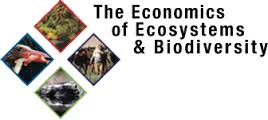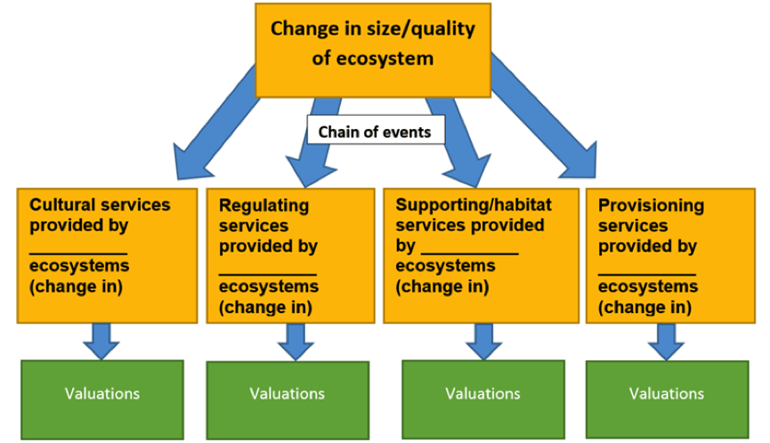
Sinzer recently announced a formal Data Partnership with the Global Value Exchange (GVE). We are presenting a series of blogs with more detailed information about the data sources GVE uses to extract outcomes, indicators and valuations from. This week we highlight the TEEB Valuation Database, from which more than 200 valuations have been extracted and added to the GVE database. As a result of our data partnership with the GVE, these valuations can now also be accessed on the Sinzer platform.
The Economics of Ecosystems and Biodiversity (TEEB) is a global initiative focused on “making nature’s values visible”. Its principal objective is to mainstream the values of biodiversity and ecosystem services into decision-making at all levels. It aims to achieve this goal by following a structured approach towards valuation, helping decision-makers recognize the wide range of benefits provided by ecosystems and biodiversity, demonstrate their values in economic terms and, where appropriate, capture those values in decision-making.
Each valuation in the TEEB Valuation Database is categorized by the ecosystem service it relates to. Ecosystem services are the benefits provided by ecosystems, which are enjoyed by humans and make human life possible. Each of these services is grouped into one of the following four categories:
- Provisioning services
Provisioning services relate to the products provided by ecosystems. For example, food and timber from a forest, or fresh drinking water and fish from a lake.
- Cultural services
- Regulating services
The benefits of ecosystems in regulating ecosystem processes are referred to as ‘regulating services'. These services include the regulation of climates through carbon sequestration (e.g. by a rainforest), regulation of air and water quality, as well as the regulation of natural hazards (e.g. a mangrove forest providing protection from storm surges to a town).
- Supporting/habitat services
Probably the most important, supporting/habitat services are those "necessary for the production of all other ecosystem services". Supporting/habitat services include primary production, nutrient cycling and gene pool protection. For more information on ecosystem services, click here.
The Global Value Exchange has added a number of outcomes to link the valuation of TEEB with. To do so, they have used the following structure of outcomes:

Source: GVE
A change in the size and quality of an ecosystem leads to a change in the services provided. For example, a change in the quality/size of coral reef ecosystems will lead to a change in the provisioning services provided. This linkage has been represented through the chain of events feature of the Global Valuation Exchange. In total, 205 outcomes have been added in this way, which are now also applicable in Sinzer when using the Social Return on Investment (SROI) framework for measuring social impact.
Valuations from the TEEB Database have been linked to these ecosystem service outcomes. For example, the outcome “Cultural services provided by boreal/coniferous forest ecosystems (change in)” has these valuations linked to it:
- Value of recreation provided by boreal/coniferous forest ecosystems (Sweden)
- Value of tourism provided by boreal/coniferous forest ecosystems (Mexico)
Each valuation entry in the GVE as well as in Sinzer contains information on the original valuation method as well as a link to the TEEB Valuation Database and the original valuation source. Contact us for a free demo to learn more about how to use TEEB valuations in the Sinzer solution for impact management.
-1.jpg?width=232&name=GT%20Sinzer_logo_screen_descriptor%20(1)-1.jpg)


